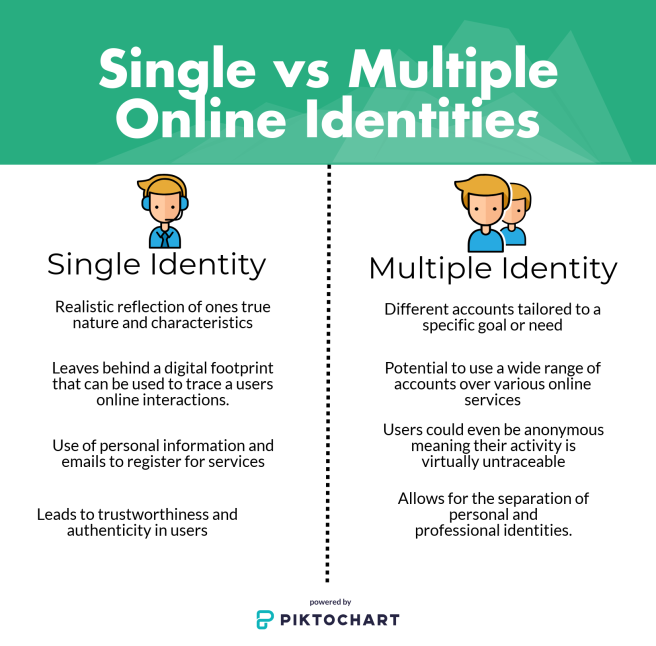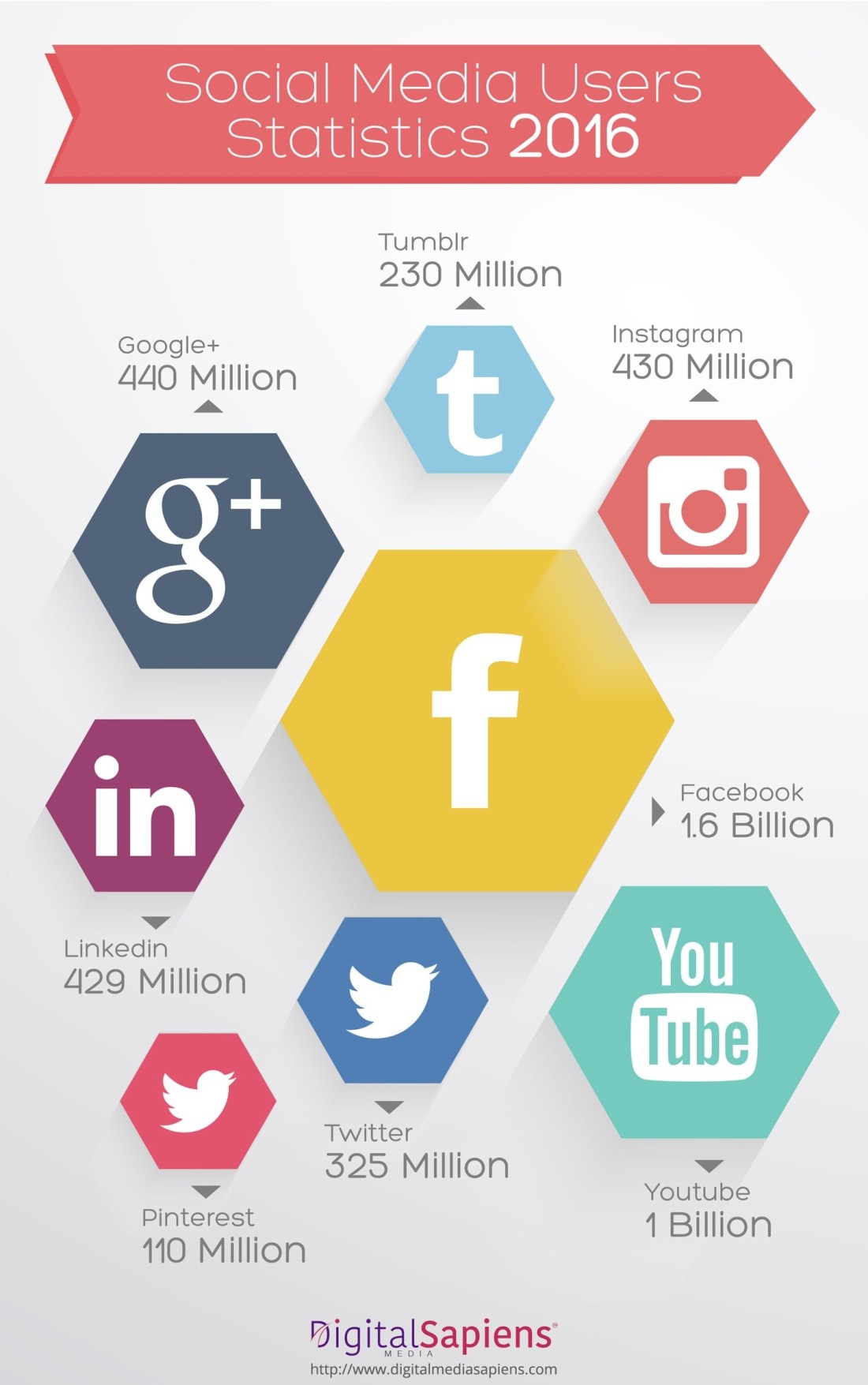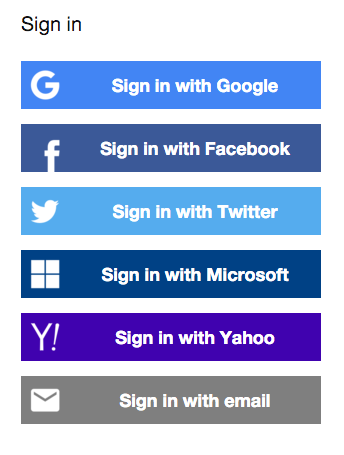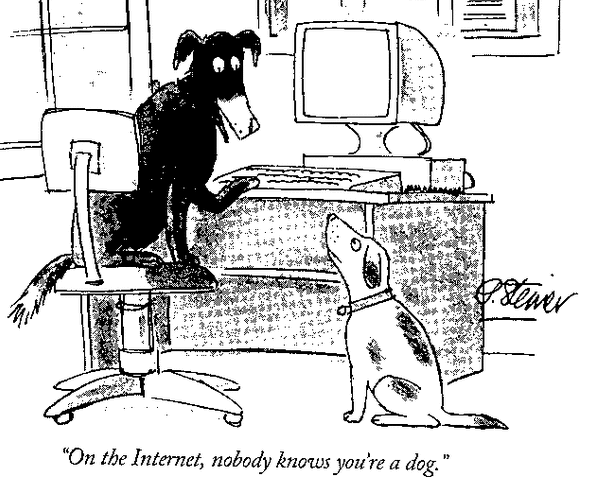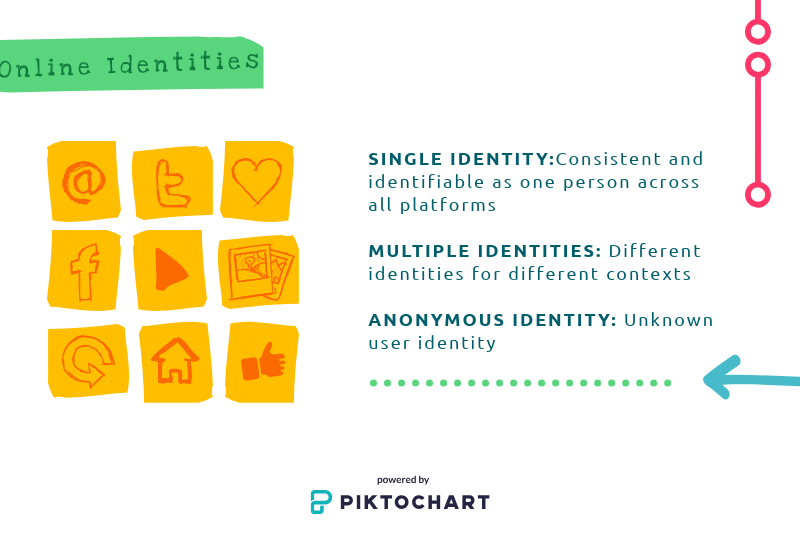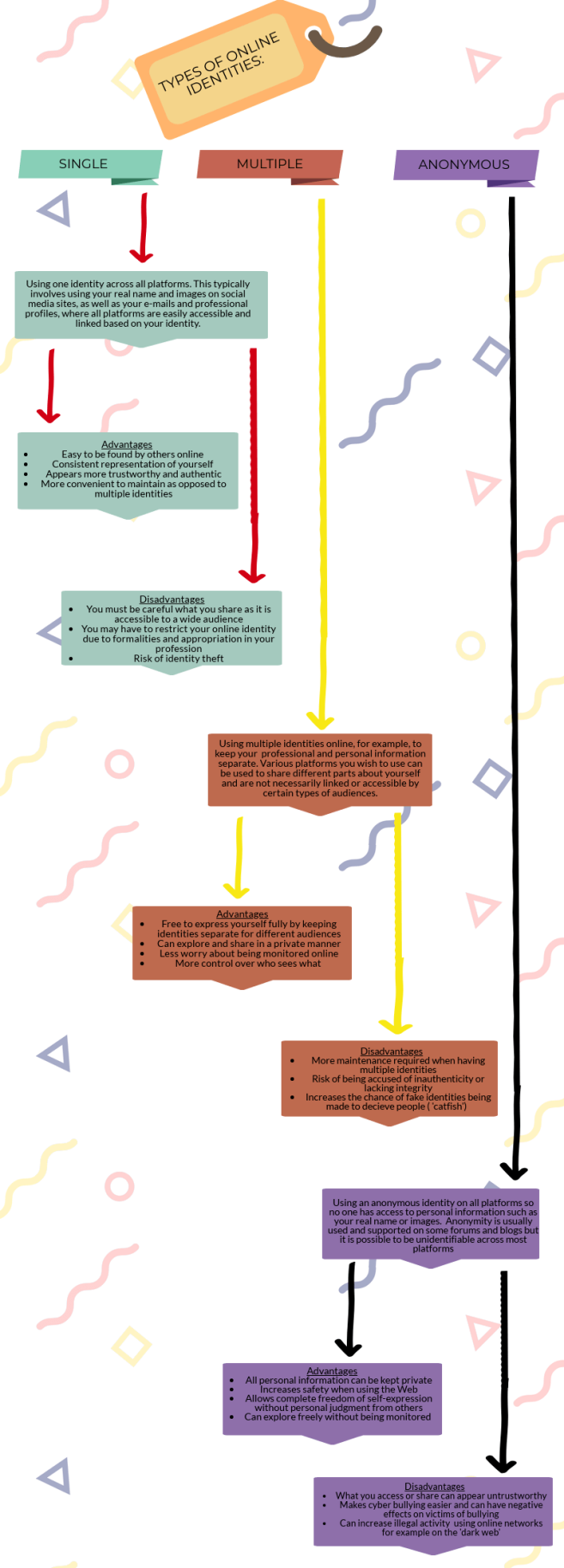
You can’t impress everyone…can you? Using Multiple Online Identities vs a Single Online Identity
One of the results of the Web 2.0 and the rise of social media has been identity construction in online settings. In the late 90’s and early 2000’s scholars studied ‘online’ identities versus ‘offline’ but in the last decade the surge in use of social media has meant that the distinction between personalities on and offline has started to blur (Cover, 2015).
Continue reading →

